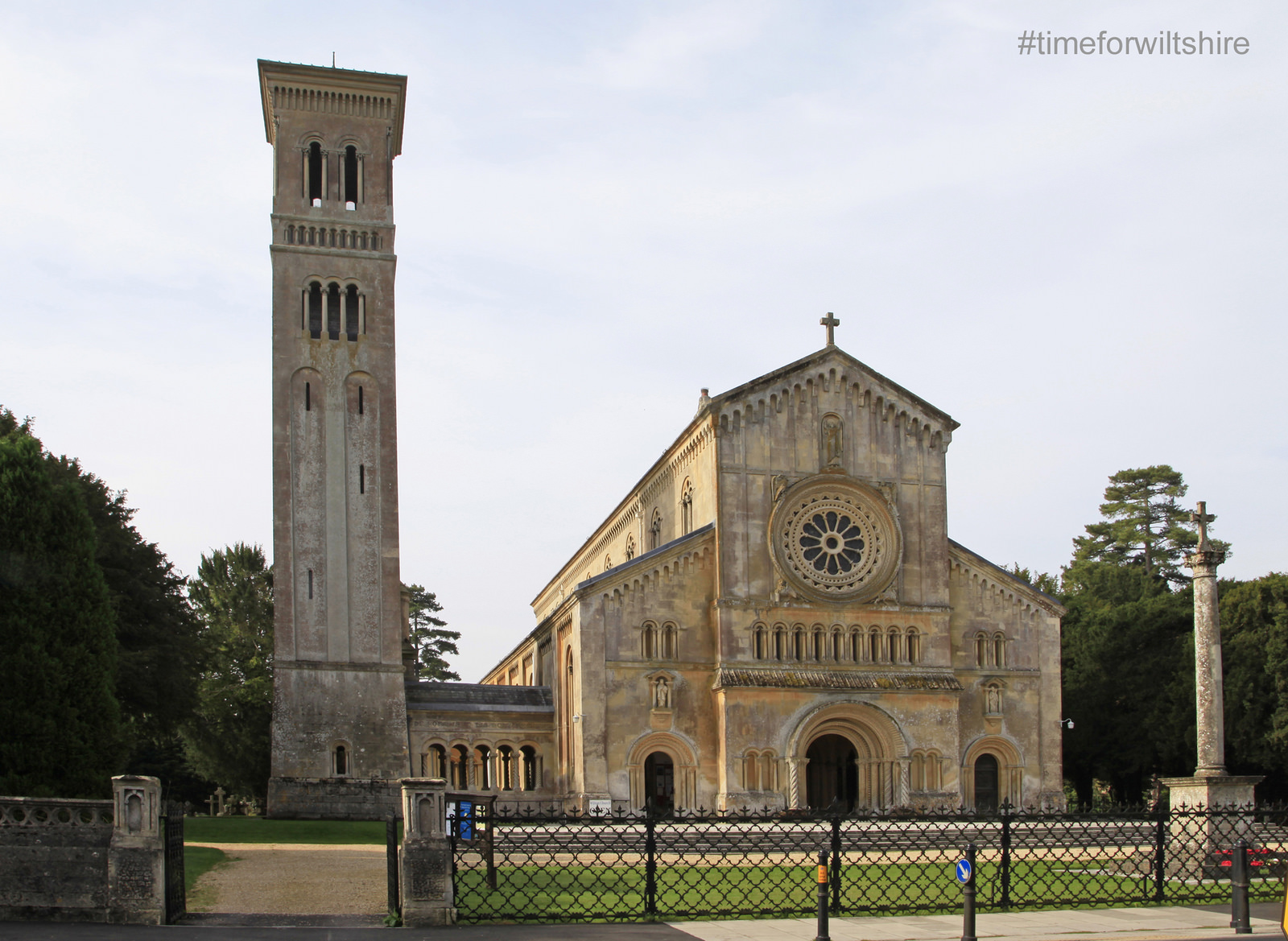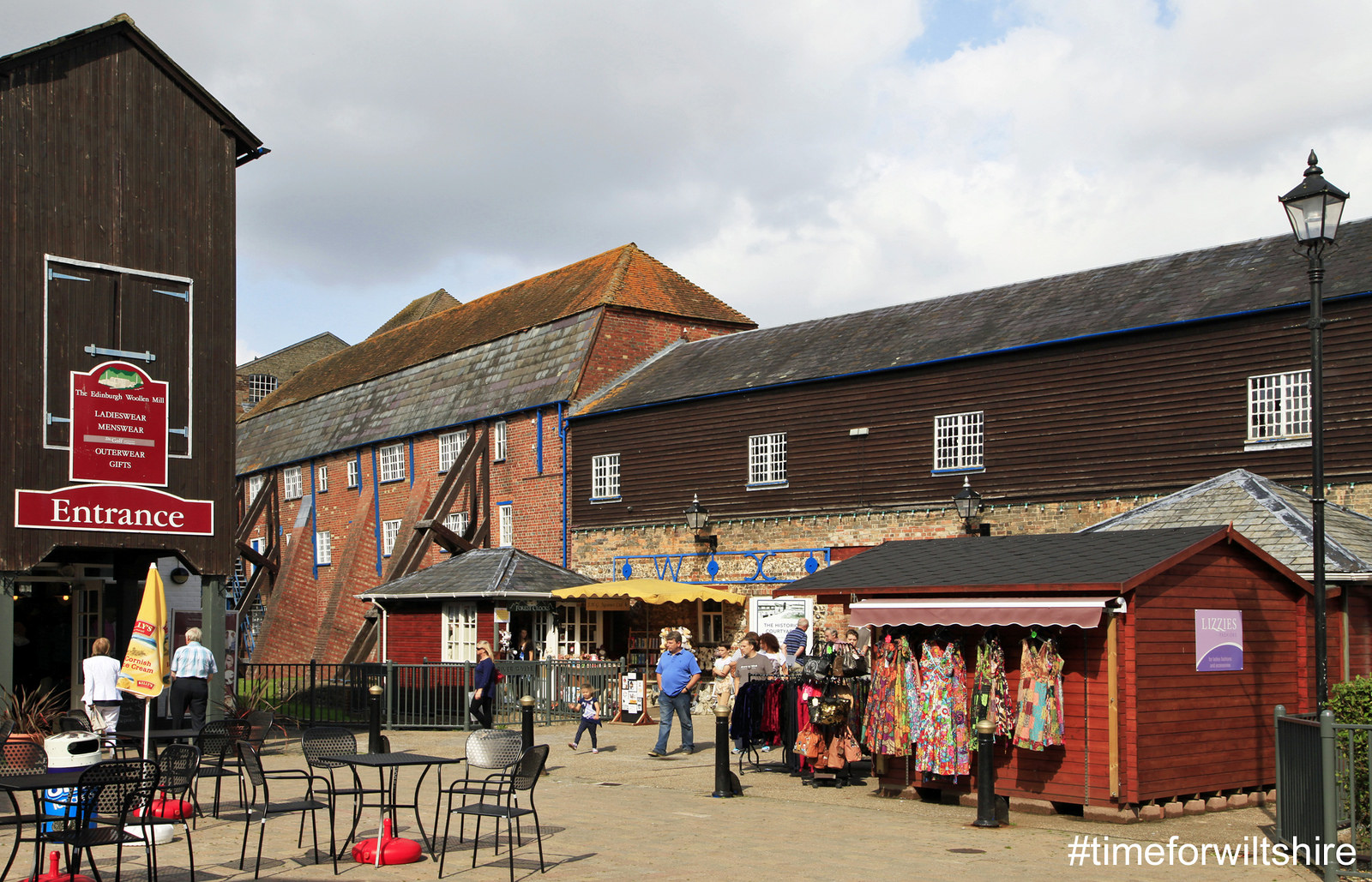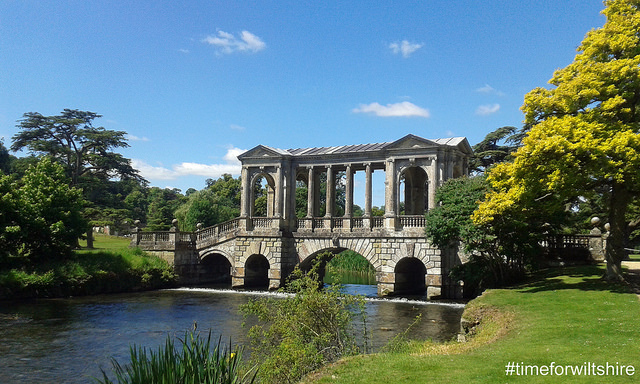History of Wilton
Wilton was once the ancient capital of Wessex, founded by Anglo-Saxons who settled here. An English market town, it is timeless; it nestles where the rivers Nadder and Wylye meet and has a history spanning more than 2000 years.
After the building of the new Cathedral and planned city of Salisbury, much of the local trade suffered. By the end of the C15th the busy centre was in decay and some of the houses and lanes, in what had been the early industrial area, were disappearing. In the next century the town’s abbey was closed and surrendered to Henry VIII in 1539. In 1541 much of the estate was granted to Sir William Herbert, who became Earl of Pembroke in 1551.
The original Wilton House dating from 1550 became a great cultural centre; Sir Philip Sydney composed Arcadia in the grounds. King James I held court at Wilton in 1603 when Shakespeare and his company first performed As You Like It.
By the C17th, weaving was the main industry; the carpet industry began around 1741.

Italianate Church (c)visitwiltshire.co.uk
The church of St Mary and St Nicholas, the Italianate church, dates from between 1841 and 1844. Built by the Countess of Pembroke, the architect Thomas Henry Wyatt designed it in the Romanesque style, with Byzantine influences. For a small town, the church is enormous, representing the wealth of its benefactors.
Things to see and do
The seat of the Earl of Pembroke, the stately home of Wilton House set in 21 acres of landscaped parkland has beautiful rose gardens. It also has one of Europe’s finest art collections. The magnificent Indigo Jones Staterooms include the famous Double Cube Room. Designed to display family portraits by Van Dyck, it is the finest surviving C17th stateroom in England, .
St Mary’s Ruin is in the Market Square. A short walk away is the famous Wyatt and Brandon’s Italianate Church (1845). The church is partially demolished apart from the charming 18th century ceiling. There are fascinating memorials to the people of Wilton surrounded by the ruins of its arcades and tower arch.
A delightful riverside walk runs along the Wylye from St John’s Square to Flouse Hole conservation area to Castle Meadow.

Italianate Church (c)visitwiltshire.co.uk
The town has a recreation ground and a Sport Pavilion at Castle Meadow; tennis courts and a number of children’s play areas.
Annual Events and Entertainment
July is a busy time with the Wilton Carnival taking place and the Wilton Estate hosting Parkinsons Awareness Walk. The well-known annual Wilton Horse Trials takes place over two days. There is also the Wessex Country Fair in August and an antiques fair in March. The Christmas Tree Lighting Ceremony takes place in early December.
Where to eat and shop
Just across the road from Wilton House is the Shopping Village with its historic courtyard, antique centre and popular Wilton Carpet Factory outlet.
The town has restaurants and cafes with a range of food and drink options to suit all budgets. It’s also a great place to stop and feed the ducks! In the town centre there is a range of independent shops including a butcher, baker and deli. Out of town, is Bird & Carter Farm Shop offering homemade pies, cakes, local chocolates and cheese, charcuterie and meat. There is free parking in Wilton.
What’s within reach
Wilton is the gateway to Cranborne Chase and West Wiltshire Downs Area of Outstanding Natural Beauty (AONB). Stonehenge is is only a stone’s throw away. The city of Salisbury is close by with its excellent shopping, restaurants and attractions. For further information please see the official visitor site for Wiltshire. www.visitwiltshire.co.uk/wilton

